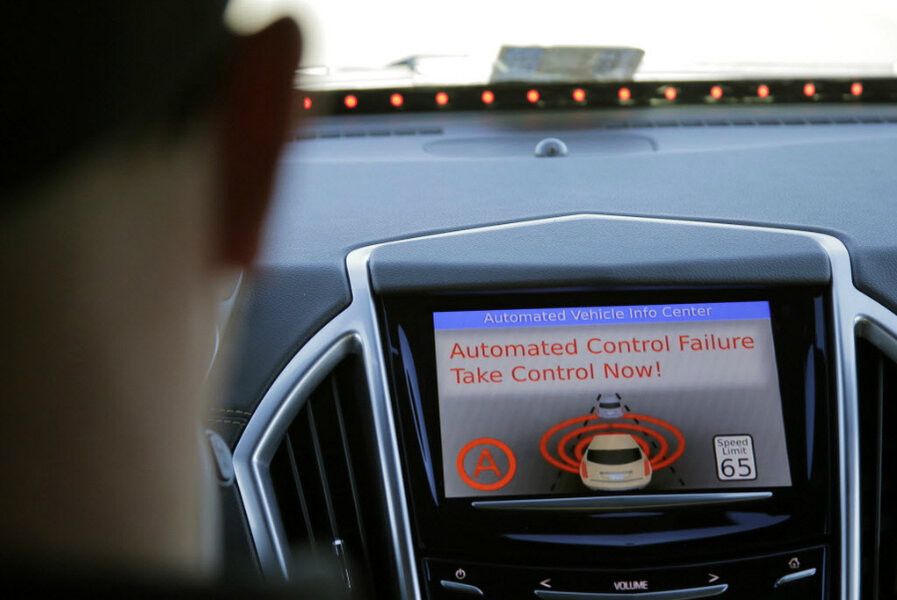Chinese vehicle moves by mind-control
Loading...
Chinese researchers have created a new kind of smart car – one operated directly by human heads.
The research team at Nankai University used electroencephalogram (EEG) equipment to link the brain's electrical signals to a car’s operating system. The system translates these electrical signals into instructions for the vehicle. With some practice, drivers wearing the headgear can steer the car and control the door locks without the use of their hands and feet.
Members of the research team said the technology could potentially be used alongside other recent technologies such as Google's self-driving car, according to Reuters.
While driverless cars already cruise down public roads in some US states – and could go on sale by 2020 – "brain-powered" vehicles are likely still many years away.
Driverless car experts say the technology will lower traffic accidents by taking the wheel away from humans, who are responsible for 94 percent of crashes. Already, studies show, many of the humans that have driven in an autonomous car learned to trust the vehicle and quickly grew distracted while riding in one – which is a problem, since state laws currently require that a human be ready to seize the wheel in case of computer error.
“What we saw in the car was the people who were told ‘You have to be vigilant,’ because the technology worked so well, they weren’t,” said Chris Urmson, who runs Google's self-driving car project, addressing a group of government workers at an event last week hosted by the Department of Transportation in Cambridge, Mass.
Duan Feng, an associate professor at the Nankai College of Computer and Control Engineering, who headed the brain-powered car project, contends that drivers would not be too distracted because they only need to focus on the road when changing lanes or direction.
"There are two starting points of this project," Nankai researcher Zhang Zhao told Reuters. "The first one is to provide a driving method without using hands or feet for the disabled who are unable to move freely. And secondly, to provide healthy people with a new and more intellectualized driving mode."
Mr. Urmson noted that about 120 million people spend an average of 50 minutes commuting each day, and 33,000 people are killed on American roads each year.
“We think we can do something about that,” he said.
Mr. Duan says the idea behind brain-powered vehicle and other new technologies is ultimately to help humankind.
"In the end, cars, whether driverless or not, and machines are serving for people,” Duan told Reuters.






